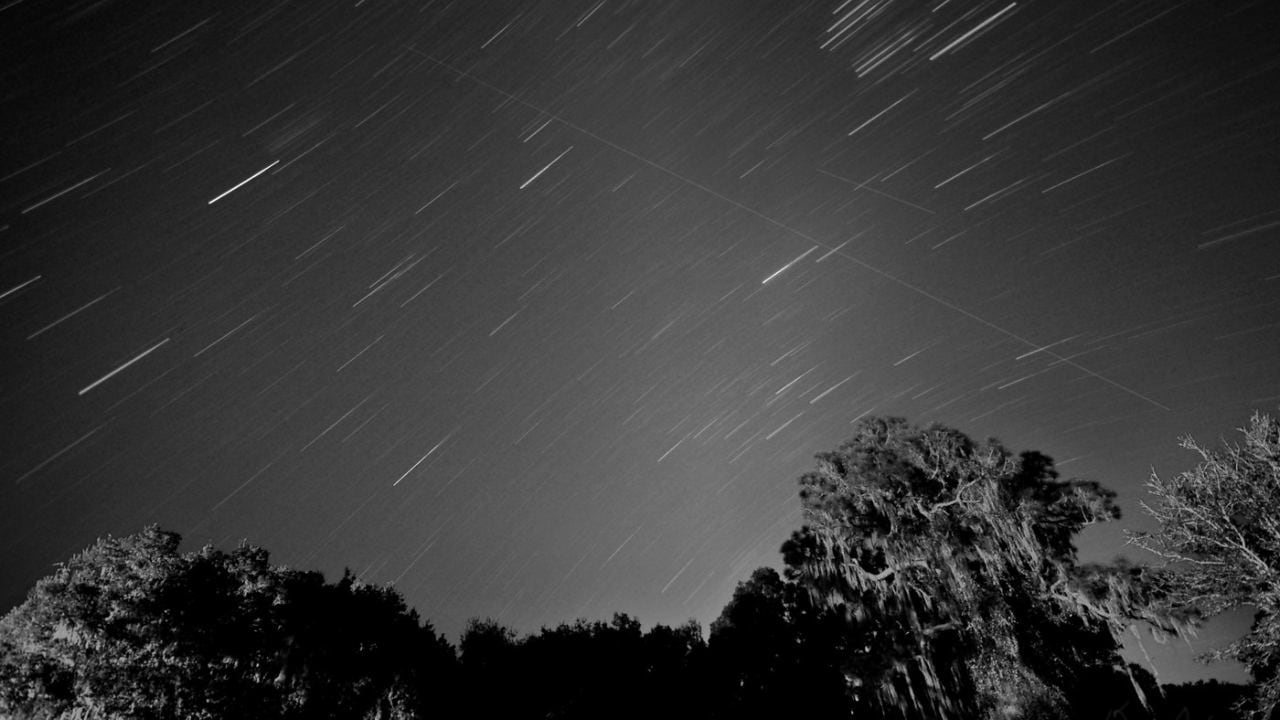When and the place to watch- Expertise Information, DD Freedishnews
FP TrendingNov 16, 2020 16:06:00 IST
The Leonid meteor bathe, which happens mid-November yearly, is taken into account to be a serious bathe, though the meteor charges are sometimes as little as about 15 meteors per hour. Leonids journey at speeds of about 71 kilometres per second and are thought-about to be among the quickest meteors on the market.
In 2020, the Leonid meteor bathe is predicted to peak on the morning of 17 November. The bathe occurs when Earth crosses the orbital path of Comet 55P/Tempel-Tuttle. When the cometary particles enters Earth’s environment and vaporises, one will get to see the Leonid meteor bathe. In 2020, the waxing crescent moon will set in early night and with a darkish sky, one can see as much as 10-15 meteors per hour on the peak.

The Leonids meteor bathe, Picture credit score: Flickr/Drew Wilson
The place to observe:
Metropolis, state and nationwide parks are sometimes nice locations to observe the meteor showers. The bathe is finest seen after midnight.
Meteors in annual showers are named for the purpose within the starry sky from which they seem to radiate. The Leonids is known as for the constellation Leo the Lion because the meteors radiate outward from the neighborhood of stars representing the Lion’s Mane.
The Leonid meteors seem to steam from close to the star Algieba within the constellation Leo, which is their radiant level.
In keeping with a report in CNN, the Leonid meteor bathe overlaps with the Northern Taurid meteor bathe and so some meteors from that bathe could also be seen as properly, The Northern Taurids seem as fireballs within the sky.
This yr, there is not going to be any meteor storm. Meteor storms occur when one can see over 1,000 meteors per hour. The final Leonid meteor bathe occurred in 2001.
#watch #Expertise #Information #DD Freedishnews











